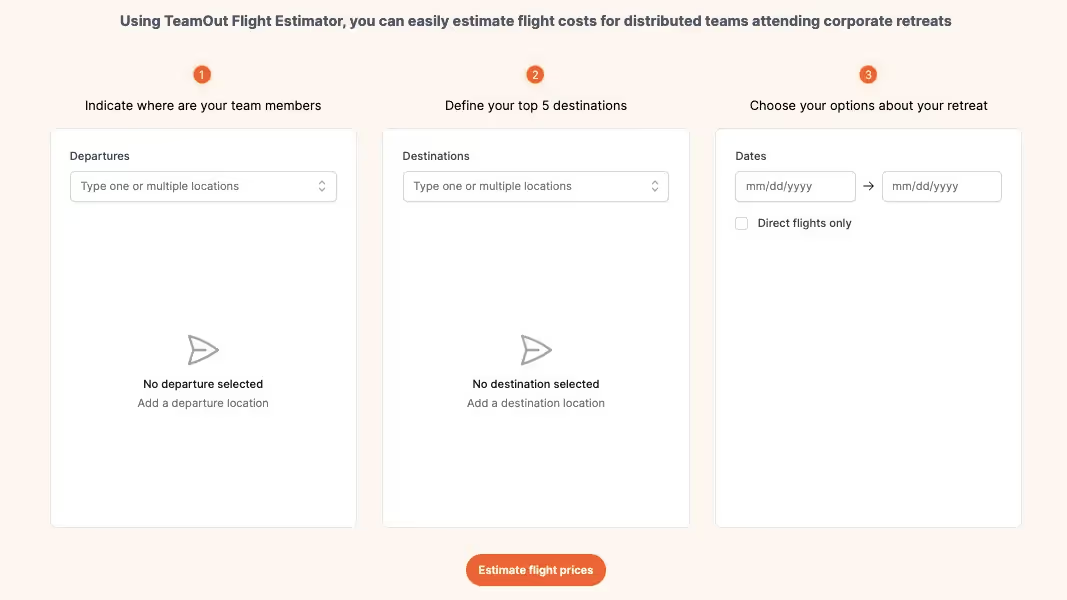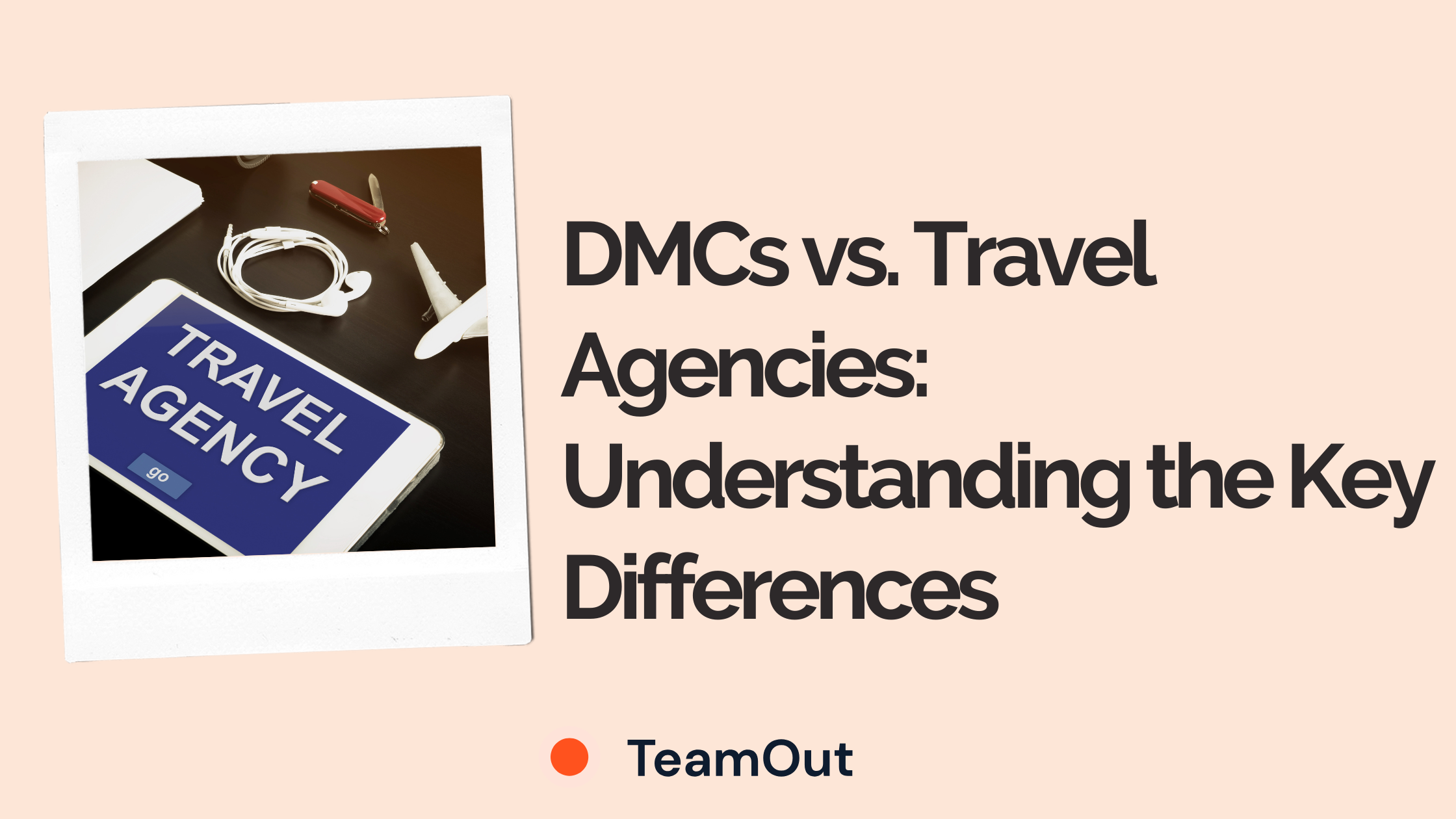Team traveling is a common occurrence in many organizations, involving individuals from different locations coming together for various purposes such as team retreats, conferences, or client meetings. Team traveling also helps teams to share and implement their company culture. While team travel can be an exciting opportunity for collaboration and growth, it also comes with its own set of challenges. Coordinating travel arrangements, managing expenses, and ensuring a seamless experience for all participants can be a complex and time-consuming task.
Team travel can be costly, not only in terms of financial expenses but also in terms of the time and resources required to organize and execute it successfully. This is where corporate travel management plays a crucial role. Corporate travel management involves the strategic planning, coordination, and oversight of all aspects related to team travel within an organization. It aims to optimize travel arrangements, minimize costs, and ensure a smooth and efficient experience for all stakeholders involved.
The stakeholders in travel management typically include employees, managers, human resources departments, finance departments, and travel management professionals or teams. Each stakeholder plays a crucial role in different aspects of travel management, such as decision-making, policy implementation, budget allocation, and travel logistics.
The Pain Points of Team Travel
1) Identify the right person within the company who can take care of the internal logistics
In larger companies, there are often two types of needs: employee travel and corporate events’ management. Employee travel is often managed by travel managers, and it enables employees to do self-booking without adding the burden to someone else. Corporate event is often managed by an event team for large events, above 50 people, and by executive assistants of the smaller teams. These individuals have the necessary expertise and resources to handle the coordination, bookings, and arrangements required for a successful team retreat. They understand the specific needs and preferences of the company, making the process efficient and streamlined.
However, in smaller companies, when there is no event team, the responsibility of organizing a team retreat may fall onto someone in another team or department. This can be overwhelming, especially since it becomes an additional task for someone who already has their own job responsibilities. This individual may lack the necessary experience and resources, leading to potential challenges in managing the logistics effectively. The company should consider providing additional support or resources to help the designated person handle the task efficiently.
2) Identify the right time for every employee to attend the retreat
One of the major pain points of team travel is finding a suitable time when all employees can attend the retreat. It can be challenging to align everyone's schedules, especially when employees have different workloads, projects, and personal commitments. To address this issue, thorough planning and communication are essential.
The company should initiate a process to gather employees' availability and preferences. This can be done through surveys or meetings to identify potential conflicts and constraints. By involving employees in the decision-making process, the company can ensure that the selected time for the retreat works for the majority and minimizes disruptions to their regular work.

3) Getting Budget Approved
Securing budget approval for team travel can be a hurdle for many companies. It requires presenting a compelling case to justify the expenses involved in the retreat. The number one problem behind this is to firstly estimate what the retreat will cost. Subsequently, the key to overcoming this pain point is to demonstrate the value and benefits that the retreat will bring to the team and the company as a whole.
To get the budget approved, it is crucial to emphasize the potential outcomes of the retreat, such as improved teamwork, increased employee engagement, and enhanced productivity. TeamOut has built tools to help companies on this, making the process easier through the use of the budget estimator, such as flight estimators. Providing a detailed budget breakdown that highlights the necessary expenses and their alignment with the company's strategic objectives can strengthen the case. Additionally, exploring cost-saving measures like group discounts, off-peak travel, or utilizing company resources can help make the budget more feasible and appealing to decision-makers.
4) Providing travel support after and during the trip:
Ensuring travel support during and after the team trip, particularly for flights, is another pain point to consider. Delays, cancellations, or changes in travel arrangements can cause disruptions and stress for employees, impacting their overall experience. To mitigate these challenges, companies can take proactive steps to provide comprehensive travel support and work actively with the customer service of the travel platform they are using. Picking good vendors is also key; Navan is for instance a great platform for self-service booking that provide a great customer experience.
This can involve having a designated point of contact available to address any travel-related issues or emergencies. It is also essential to communicate the travel arrangements clearly to the team and provide them with all the necessary information, such as flight itineraries, hotel details, and transportation options. You can view here an example of what a good retreat website looks like. In the event of any disruptions, having a contingency plan in place and offering prompt assistance can help minimize inconvenience and ensure a smooth travel experience for the team.
Overall, addressing these pain points of team travel requires proactive planning, effective communication, and resource allocation. By recognizing the challenges and implementing appropriate strategies, companies can optimize the experience and outcomes of team retreats, regardless of their size or budget constraints.

How To Better Manage Corporate Travel
1) External event management company
Engaging an external travel management company can be a valuable solution to address the pain points of team travel. These specialized companies have expertise in handling travel logistics and can efficiently manage the entire process. By outsourcing this responsibility, companies can save valuable time and resources that would otherwise be spent on coordinating travel arrangements internally.
External travel management companies have established relationships with airlines, hotels, and other travel service providers, allowing them to negotiate better rates and secure favorable deals. They can handle the booking process, manage itineraries, and provide 24/7 support to the traveling team. This frees up internal resources, enabling employees to focus on their core responsibilities while ensuring that the team travel arrangements are handled professionally and efficiently.
2) Organize travel data efficiently
Accurate and organized travel data is crucial for effective team travel management. By implementing robust travel management systems or software, companies can streamline the process of collecting and managing travel data. These tools can centralize all travel-related information, including flight details, accommodation bookings, transportation arrangements, and expense reports. For simple travel management we recommend companies like Navan who can centralize all employees data, for group travel companies like TeamOut can help centralize data in one place and be the source of truth for all of your employees traveling.
Efficient travel data management allows for better visibility and tracking of expenses, facilitates reporting and analysis, and enables companies to identify areas for cost optimization. It also simplifies the process of retrieving information and reduces the likelihood of errors or missed details. By investing in the right tools and systems, companies can improve efficiency, save time, and enhance overall travel management processes.
3) Create policies and approval workflows
To ensure consistency and compliance in team travel, companies should establish clear policies and approval workflows. These policies should outline guidelines on travel expenses, booking procedures, preferred vendors, and any travel-related requirements or restrictions. Approval workflows should define the process for obtaining authorization for team travel, ensuring that requests are properly reviewed and approved by the appropriate stakeholders. Implementing automated approval workflows can streamline the process, reduce bottlenecks, and enable faster decision-making.
By having well-defined policies and approval workflows in place, companies can establish a standardized approach to team travel, mitigate potential issues, and provide clarity to employees regarding the expectations and procedures for travel arrangements.
4) Increase collaboration among teams
Team travel presents an excellent opportunity to foster collaboration among team members. By organizing team retreats or off-site meetings, companies can create a conducive environment for team building activities, brainstorming, and knowledge sharing. During team travel, companies can plan activities and sessions that encourage interaction and collaboration among team members. This can include team-building exercises, workshops, or even casual networking events.
The change of scenery and the relaxed atmosphere can inspire creativity and innovation, leading to improved collaboration and a stronger sense of unity within the team. Additionally, companies can consider organizing cross-functional team travel, where employees from different departments or teams come together. This can facilitate knowledge exchange, break down silos, and encourage a more integrated and collaborative work environment.

5) Use tools to track expenses
Managing travel expenses efficiently is crucial to stay within budget and maintain financial control. By leveraging expense tracking tools, companies can simplify the process of recording and monitoring team travel expenses. These tools can automate expense reporting, allowing employees to capture expenses on the go using mobile applications or online platforms. This reduces the administrative burden of manual expense tracking and minimizes the chances of errors or omissions.
Expense tracking tools also provide real-time visibility into travel expenses, enabling companies to monitor spending trends, identify cost-saving opportunities, and ensure compliance with budgetary guidelines. Furthermore, these tools can integrate with accounting or financial systems, streamlining the reimbursement process and reducing the time spent on manual data entry. By using expense tracking tools, companies can enhance financial transparency, improve cost control, and streamline the overall management of team travel expenses.
Successfully managing team travel is a multifaceted task that requires careful planning, effective communication, and strategic decision-making. By addressing the pain points of team travel and implementing the suggested tips and strategies, organizations can enhance the overall travel experience and maximize the benefits of team retreats. Mastering the art of team travel requires a proactive approach, open communication, and a commitment to streamlining processes. By investing in effective travel management practices, companies can create memorable and successful team travel experiences that contribute to their overall growth and success and help to cultivate employee engagement.

















.webp)


